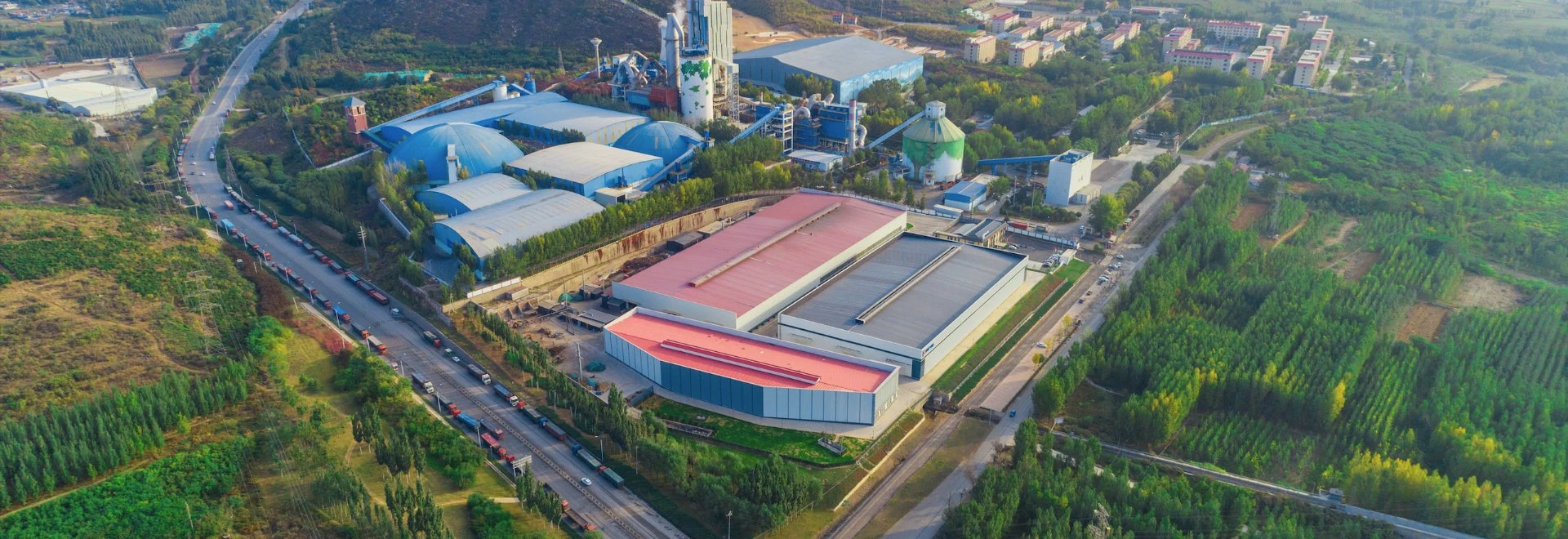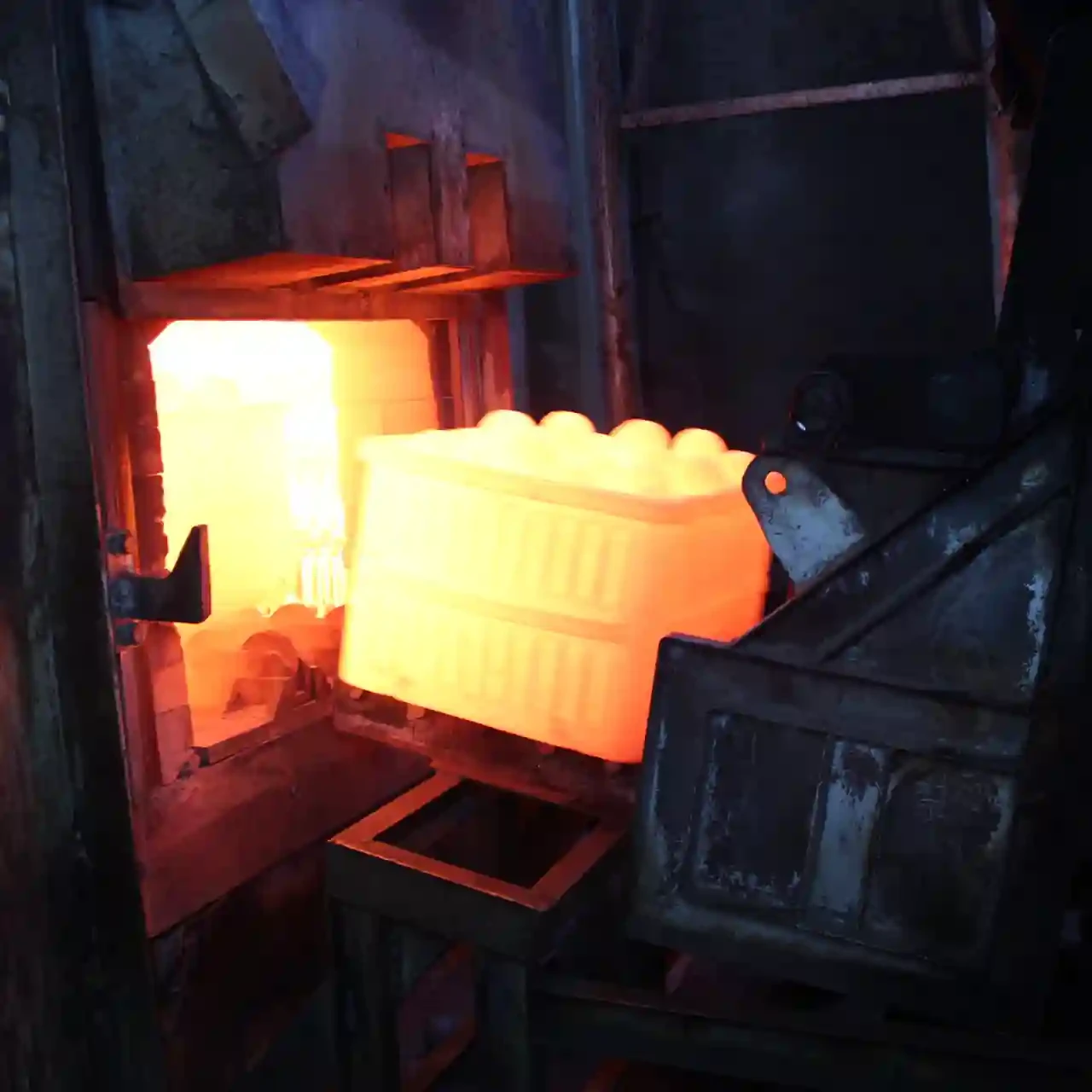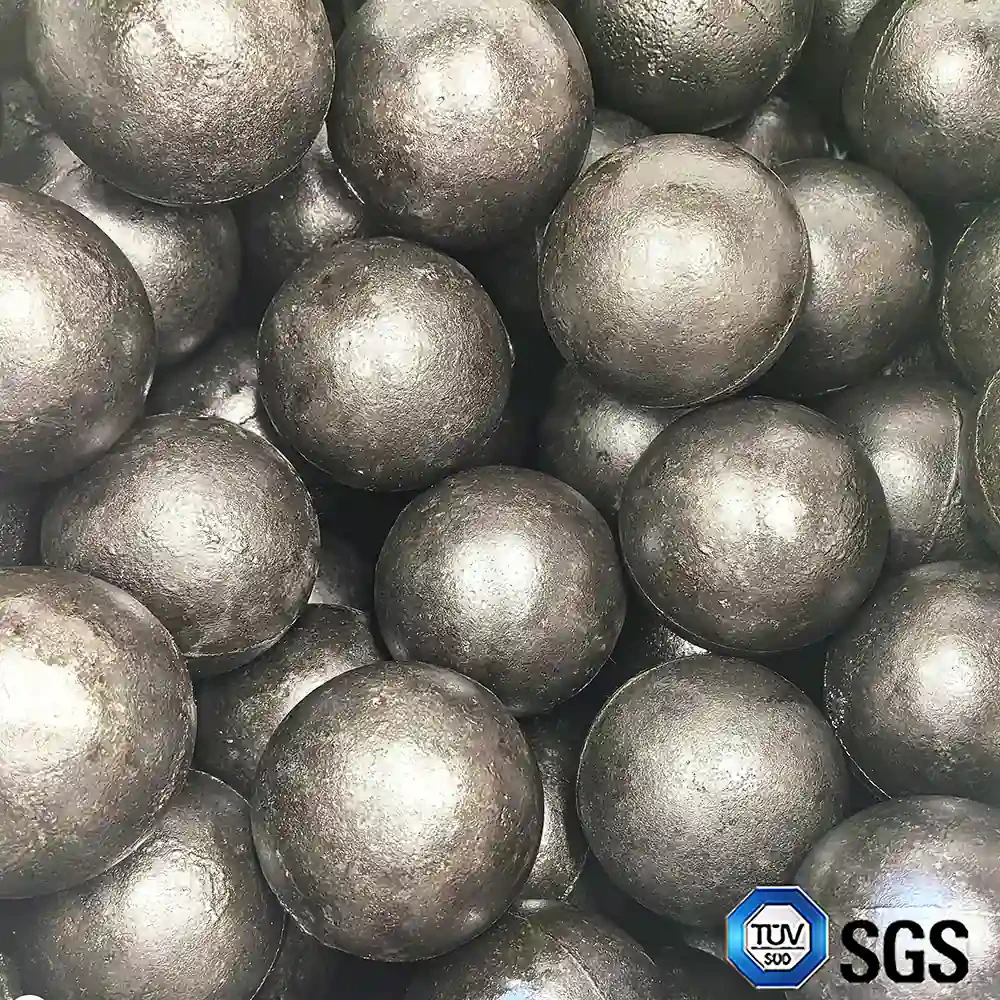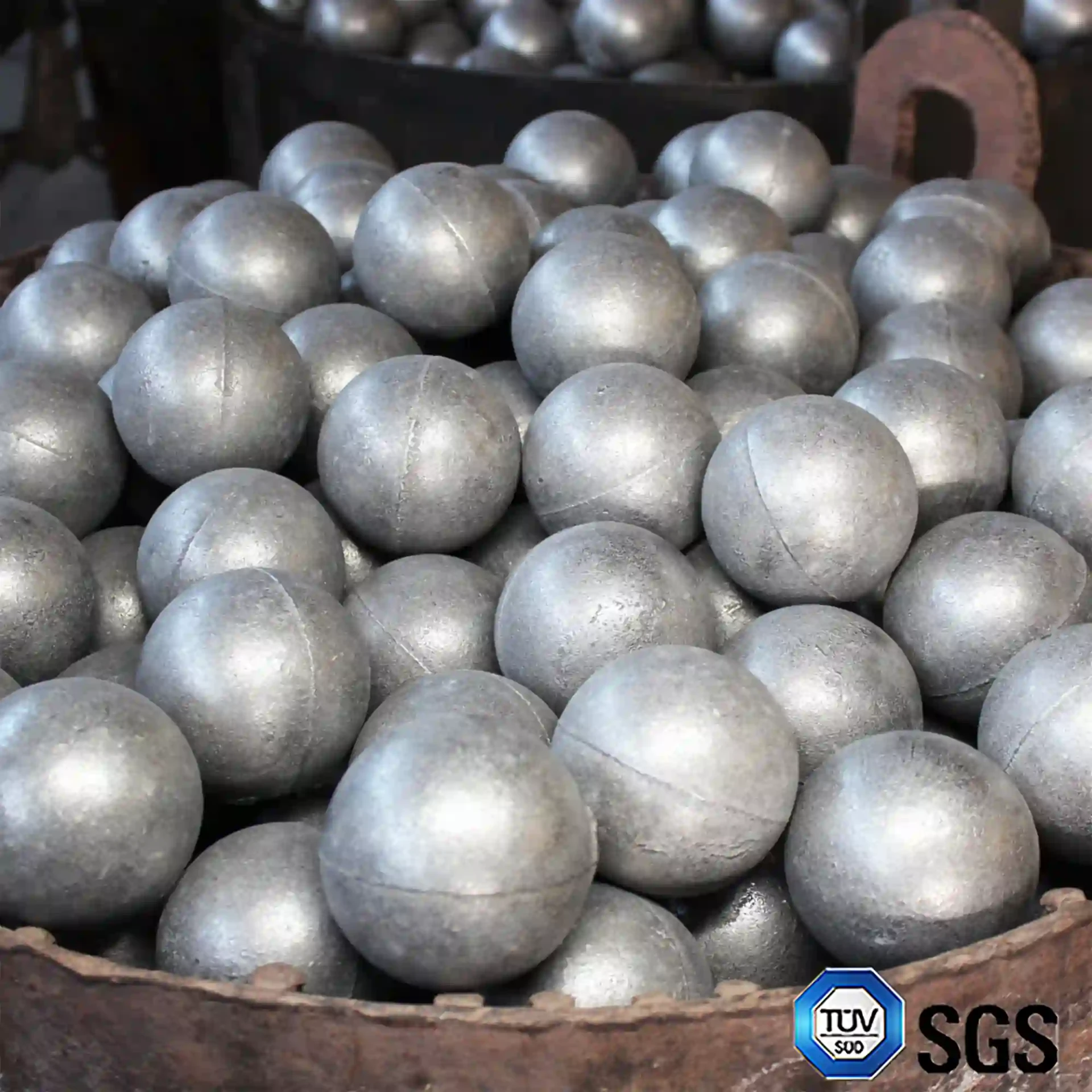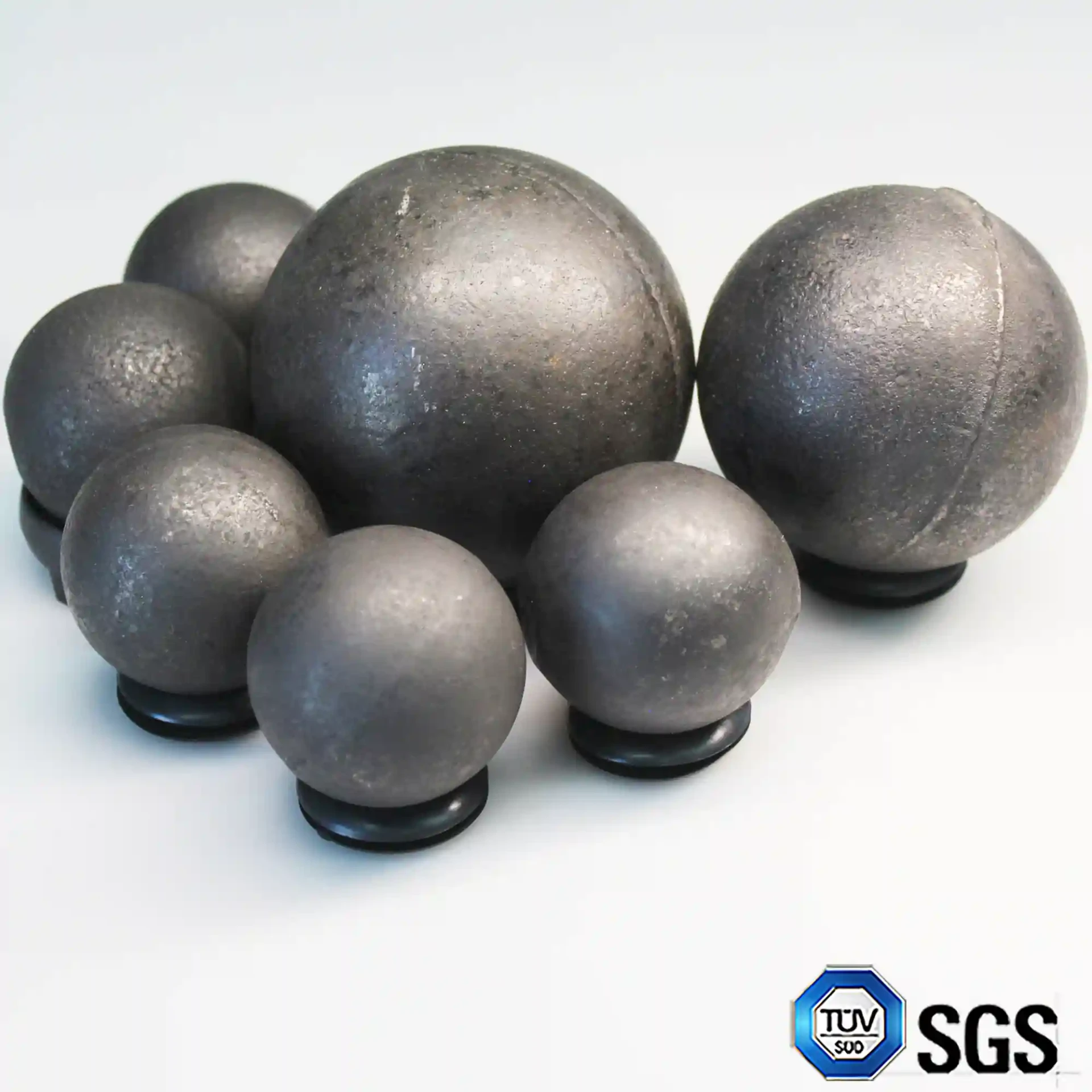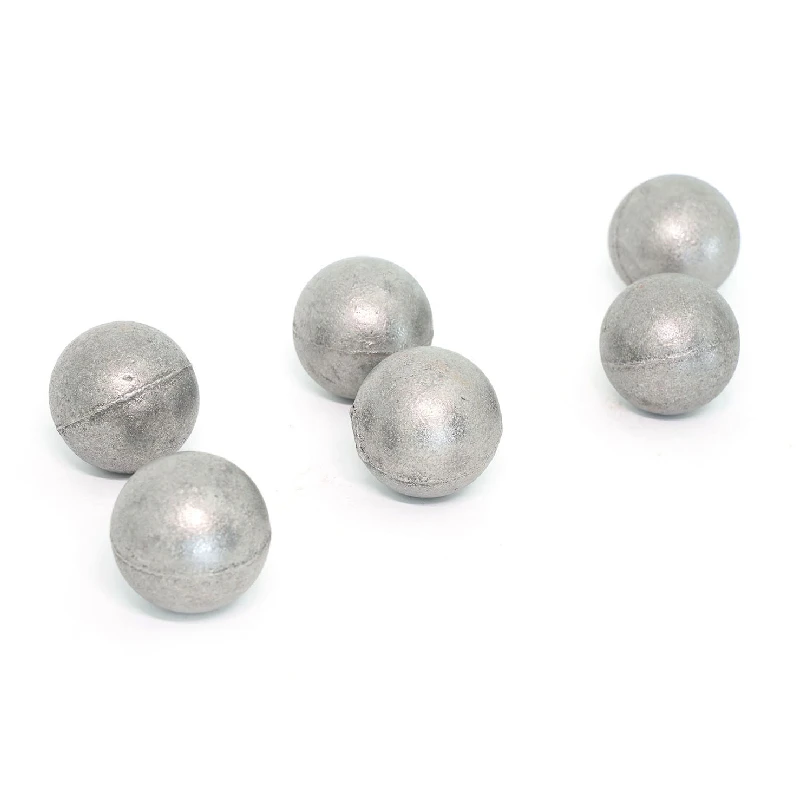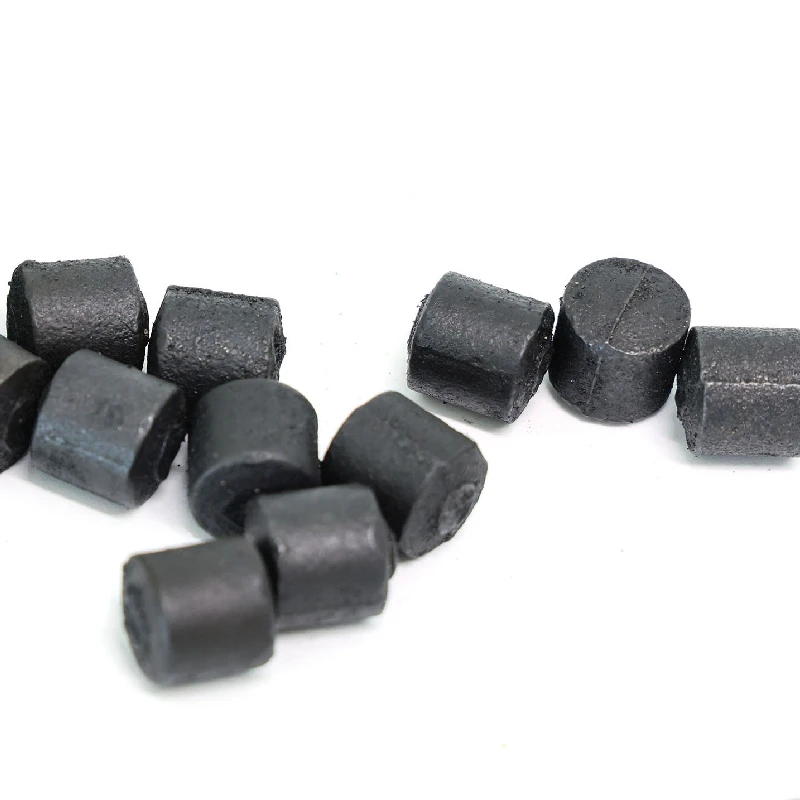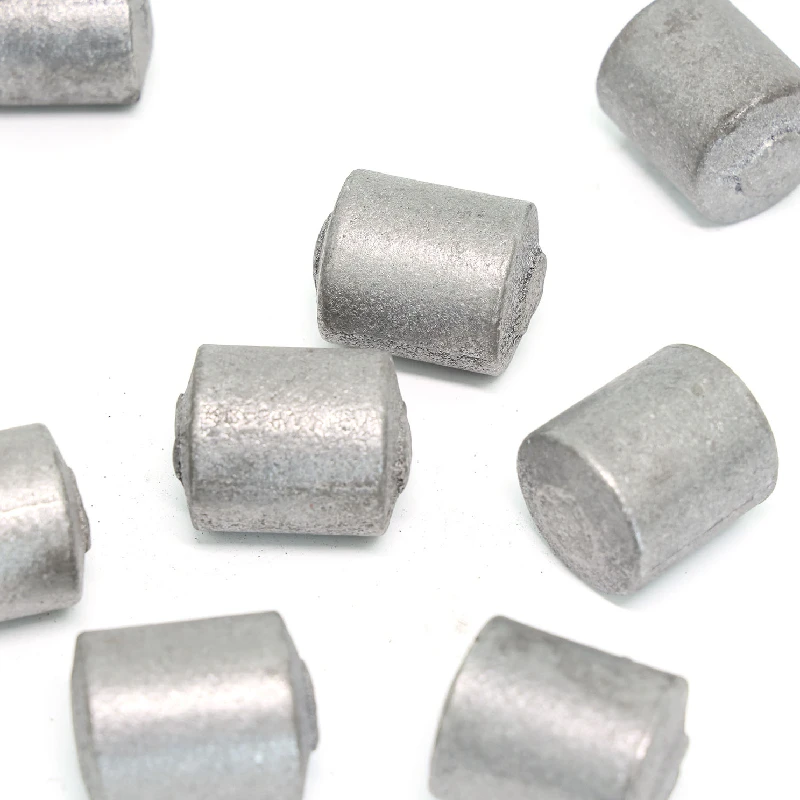Dec . 03, 2024 14:46 Back to list
Silicon Manganese Utilization in Metallurgy and Its Impact on Steel Production
The Use of Silicon Manganese in Modern Industries
Silicon manganese, an essential ferroalloy composed primarily of silicon (Si) and manganese (Mn), has become a critical component in various industrial applications, particularly in steelmaking. This composite material serves a dual purpose, acting both as a deoxidizer and an alloying element, which enhances the mechanical properties of steel. In this article, we will explore the significance of silicon manganese, its production process, and its applications across different sectors.
Production Process
The production of silicon manganese typically involves the reduction of manganese oxide ores with iron and silica at high temperatures in a submerged arc furnace. The process requires careful control of the operating conditions to achieve the desired composition and purity. The most common method involves mixing raw materials such as silica sand, manganese ore, and carbon-rich materials. Once the mixture is loaded into the furnace, an electric current is passed through, generating intense heat that reduces the manganese oxide.
The resulting silicon manganese alloy is then cooled and processed for various industrial uses. The composition of silicon manganese can vary based on the required specifications, with typical silicon content ranging from 14% to 17% and manganese content from 60% to 70%. This versatility allows manufacturers to customize silicon manganese to meet specific needs in different industries.
Applications in Steelmaking
.
For instance, silicon manganese is commonly used in the production of high-strength low-alloy (HSLA) steels, which are essential in construction, automotive, and shipbuilding industries. These steels offer enhanced performance while minimizing weight, leading to more efficient and cost-effective structures. Additionally, the presence of silicon manganese helps steel resist corrosion, making it ideal for various outdoor applications.
실리콘 망간 사용
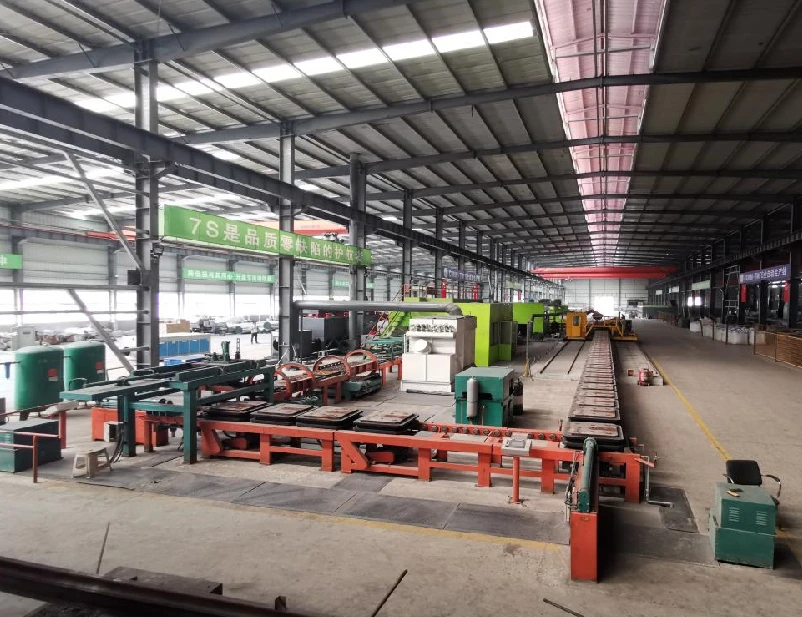
Advantages Over Other Alloys
Silicon manganese offers several advantages over other ferroalloys. Its unique combination of silicon and manganese provides not only improved strength and toughness but also cost-effectiveness. The efficiency in using silicon manganese allows steelmakers to reduce their reliance on other more expensive alloying elements such as chromium and nickel. This shift not only lowers production costs but also contributes to environmental sustainability by minimizing the extraction of rare resources.
Furthermore, silicon manganese exhibits excellent fluidity and casting properties, which facilitates the production of complex steel shapes and sizes with minimal defects. These characteristics make it a popular choice among manufacturers looking to streamline operations and enhance product quality.
Environmental Concerns and Future Prospects
Despite its advantages, the production and use of silicon manganese are not without environmental concerns. The mining, processing, and use of the raw materials can lead to greenhouse gas emissions and other forms of pollution. However, advancements in cleaner technologies and processes are being developed to mitigate these impacts and promote sustainable practices in the ferroalloy industry.
Looking ahead, the demand for silicon manganese is expected to grow as industries increasingly prioritize high-performance materials and sustainability. With the ongoing development of advanced steel grades and the rise of new technologies such as electric vehicles, the need for innovative and effective alloying materials will continue to rise.
Conclusion
In summary, silicon manganese is a vital ferroalloy that plays a crucial role in the modern steelmaking industry. Its unique properties make it an ideal choice for enhancing the mechanical characteristics of steel while also providing cost effectiveness. As industries continue to evolve and prioritize sustainability, the importance of silicon manganese will likely increase, heralding a new era of innovation in material science and engineering. Whether in construction, automotive, or beyond, silicon manganese will remain at the forefront of industrial applications, shaping the future of manufacturing.
-
Trusted High Chrome Grinding Ball Solutions
NewsAug.21,2025
-
Reliable Lining Plate Solutions for Industrial Needs
NewsAug.21,2025
-
Premium Chrome Grinding Balls for Industrial Efficiency
NewsAug.21,2025
-
Industrial Wear Resistance Enhanced by Lining Plate
NewsAug.21,2025
-
High Performance Grinding Cylpebs Solutions
NewsAug.21,2025
-
Elevating Industrial Milling with Chrome Grinding Ball
NewsAug.21,2025
Realted Products

